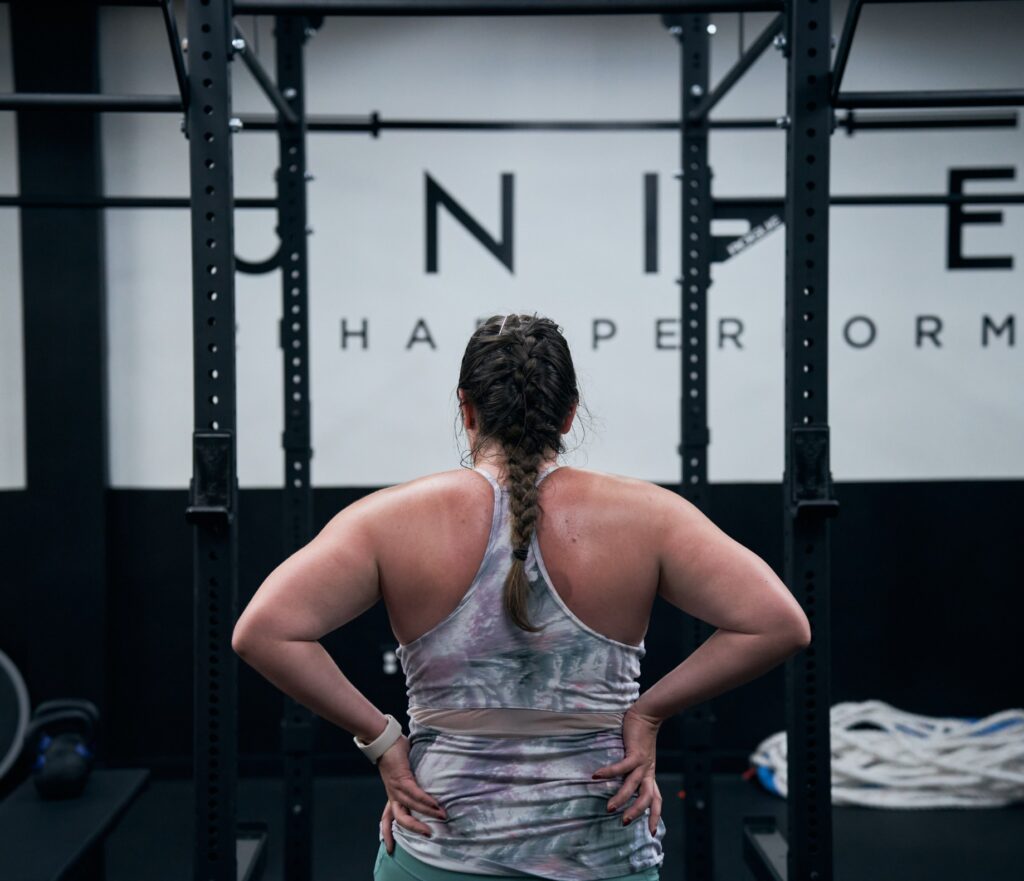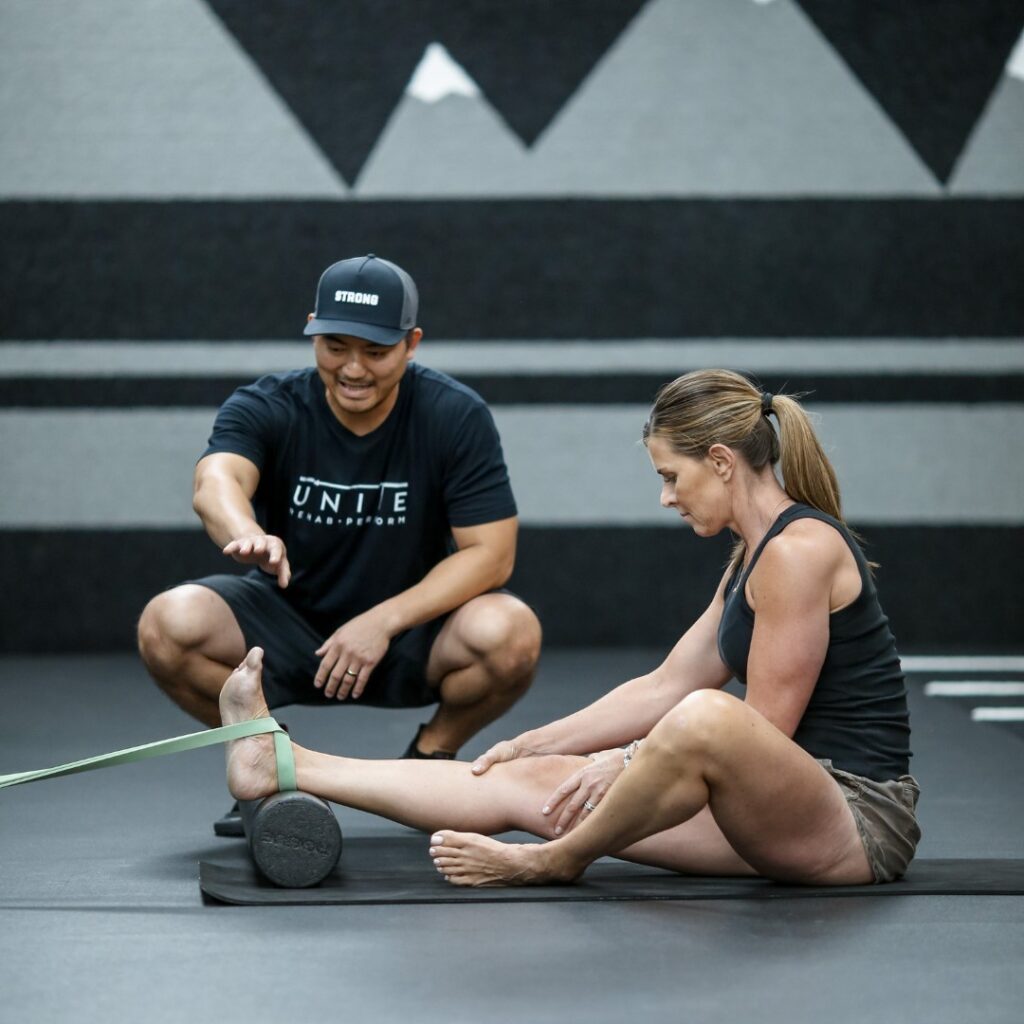
UNITE.rehab.perform
Denver's Best Sports Physical Therapy
Why Rest Isn’t Always the Best (Especially for Athletes)
In the world of recovery and injury prevention, there’s a long-standing myth: rest is the ultimate cure for pain, fatigue, or injury. While rest can play a role in healing, relying on it as a cure-all, especially for active individuals, can do more harm than good.
At UNITE.rehab.perform, we work with athletes and active adults every day who’ve been told to “just rest,” only to find themselves stuck in pain, losing strength, and feeling frustrated. Here’s why rest isn’t always the best, and what you should do instead.

1. Passive Rest vs. Active Recovery
Rest often implies doing nothing. That might reduce short-term inflammation, but it doesn’t address why you’re hurting in the first place. In fact, prolonged inactivity can slow healing and leave your body more vulnerable when you return to activity.
Active recovery, on the other hand, uses gentle movement, mobility work, and targeted exercise to promote circulation, support tissue repair, and encourage optimal healing. This is known as optimal loading, the right amount of stress to stimulate recovery without overdoing it.
A few examples of active recovery:
- — Walking or light cycling to flush out metabolic waste post-workout
- — Mobility drills to reduce stiffness and support joint health
- — Light resistance training to restore movement without aggravating injury
2. Muscle Atrophy and Deconditioning Happen Fast
Did you know you can start losing muscle within just 3–5 days of total rest? It’s called muscle atrophy, and it’s one of the fastest ways athletes lose strength, coordination, and confidence in their body.
When rest drags on too long, your neuromuscular system becomes less efficient, and your performance suffers. That’s why we emphasize rehabilitation strategies that keep you moving safely, even during injury recovery.
3. Rest Doesn’t Address the Root Cause
Pain rarely originates from the exact spot that hurts. For example:
- — Knee pain might come from weak hips or limited ankle mobility
- — Shoulder pain could stem from poor thoracic spine rotation
- — Chronic pain might be the result of faulty movement patterns or compensations
Simply resting the area doesn’t fix the true problem. That’s why performance physical therapy is so important, it helps uncover the root cause and targets it through strength, mobility, and movement retraining.
At UNITE.rehab.perform, our physical therapists take a full-body approach. We don’t just treat symptoms, we correct the imbalances that caused the injury in the first place.
4. Prolonged Rest Can Hurt Mental Health, Too
Rest doesn’t just affect your body, it impacts your brain. For people used to an active lifestyle, being told to stop moving can feel like punishment. It leads to:
- — Frustration and loss of momentum
- —Anxiety or mood changes due to inactivity
- —Decreased motivation to return to activity
Over time, this cycle makes it harder to bounce back. Modified movement (aka active recovery) helps preserve routine, boost your mood, and rebuild confidence, so you return to your sport stronger, not stuck.

5. Why Sports Physical Therapy Bridges the Gap
Here’s where rest meets movement. Our approach to sports physical therapy in Denver bridges the gap between injury and full performance.
Whether you’re dealing with a tweak, a lingering issue, or chronic pain that hasn’t resolved with rest, our team helps you:
- Pinpoint the true source of discomfort
- Build a custom rehab plan focused on strength, mobility, and motor control
- Prevent future injuries by improving how your body moves
- Regain confidence and return to doing what you love—without fear
Key Takeaways
Let’s be clear: rest isn’t bad. It just shouldn’t be your only strategy. Smart recovery is about doing the right things at the right time, not doing nothing at all.
- — The pain you feel is rarely caused by the spot that hurts.
- — Active recovery and intelligent movement are essential for long-term pain relief.
- — Muscle atrophy, stiffness, and frustration set in quickly with extended rest.
- — Working with a performance physical therapist can help uncover and treat the real issue, not just mask the pain.
- — Don’t just default to stopping—move smarter and heal better.
Ready to Move Better, Not Less?
At UNITE, we believe recovery should build you up, not hold you back. If you’re stuck in a cycle of rest with no relief, our team is here to help you understand your pain, correct the root cause, and return to performance stronger than before.
[Book a Movement Assessment with a Performance Physical Therapist in Denver]
©2020-2025 UNITE.rehab.perform LLC. All rights reserved.
UNITE.rehab.perform does not provide medical advice, diagnosis, or treatment through this website or related content. See additional information.